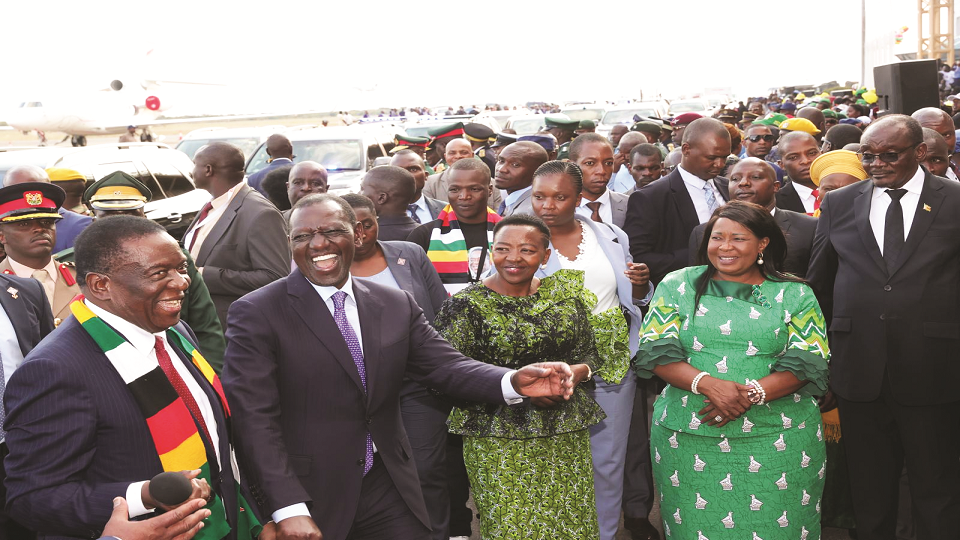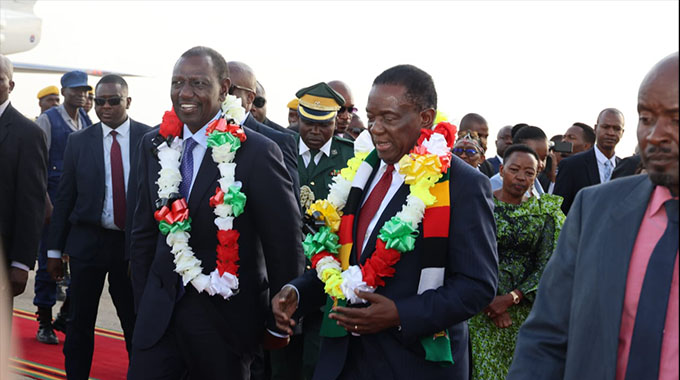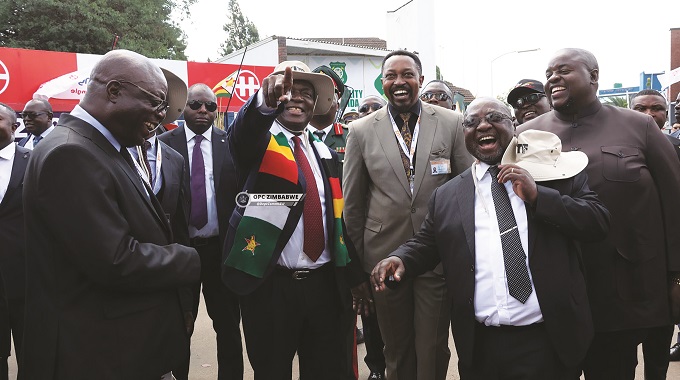Boost for tobacco value chain

Zvamaida Murwira, Harare Bureau
A cigarette manufacturing plant is under construction and is expected to increase current manufacturing capacity by 50 percent, a development that is expected to give impetus to the Government’s tobacco value chain transformation strategy.
Information, Publicity and Broadcasting Services Minister, Dr Jenfan Muswere, said yesterday that Cabinet had considered and adopted an update report on the tobacco value chain transformation strategy presented by Lands, Agricuture, Fisheries, Water and Rural Development Minister, Dr Anxious Masuka.
“Cabinet would like to report that the value of local tobacco purchased has increased from US$650 million in 2022 to US$897 million in 2023. Out of this amount, tobacco purchases using local financing were US$61,4 million in 2022 and US$73,2 million in 2023. For the 2024 tobacco marketing season, the recorded intentions for local financing amount to US$81 million,” he said.
“There are opportunities to increase the level of value addition and beneficiation of tobacco into cut rag and production cigarettes, from two percent of total tobacco produced to 30 percent. Seven cigarette manufacturers operate in Zimbabwe, with a combined production capacity of around five billion cigarette sticks per annum.
“An additional cigarette manufacturing plant is under construction, with a current production of 1,6 billion sticks per year. The plant will increase capacity by 50 percent in the first half of 2024.”
He said the transformation plan was launched in 2021 to provide a roadmap for increasing production to 300 million kilogrammes of leaf annually, and to enhance value addition and beneficiation from two percent to 30 percent, all building a US$5 billion industry by 2025.
About 98 percent of Zimbabwean tobacco was being exported to over 60 countries. More than 52 percent of the tobacco was now being grown by beneficiaries of land reform, and they generated 54 percent of annual value. Tobacco contributed substantially to economic development of the farmers, whose average gross earnings were over US$7 000 annually per grower, said Dr Muswere.
The number of growers had increased 17-fold since the start of land reform, indicating the success of that programme, with over 85 percent of the tobacco being grown by the smallholder sector. The rest of the smallholders not on land reform farms , work communal land farms.
“The average yield has also increased, since farmers have gained experience and are enjoying better agronomic support by merchants and a conducive policy environment and advisory role played by Government.”
Dr Muswere said the average price paid to farmers had increased by 80 percent from 2000 to 2023, again attesting to better quality tobacco produced as experience was gained.
“The average price paid this year is 18,19 percent firmer than last year. The average price at the auction floors is currently higher than that at contract sales, even as these are still early marketing days.
“The Tobacco Industry and Marketing Board is monitoring the situation, together with the Tariff and Competition Commission and the nation will be kept abreast of developments on the matter.”
Production this year is expected to be around 265 million kilogrammes, below the projected 300 million kgs due to the effects of the El Nino.










Comments